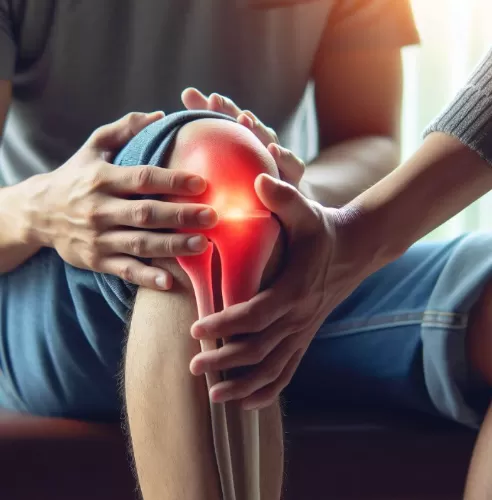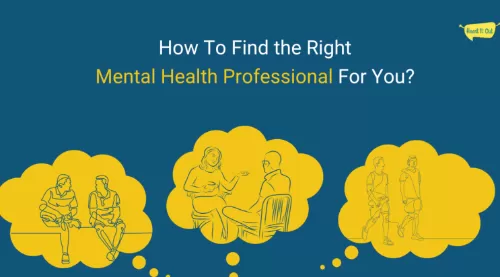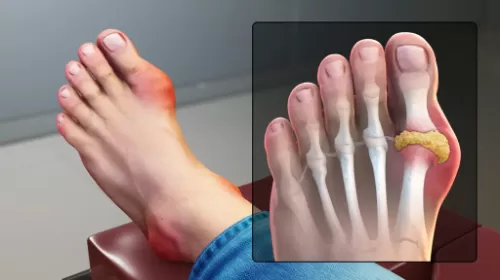Digital Medicine 2.0: Medical Programs Embracing AI and Telehealth
The healthcare landscape is undergoing a seismic shift as medical schools and training programs across the United States integrate artificial intelligence (AI) and telehealth into their curricula. From leveraging AI-driven diagnostic tools to conducting virtual patient consultations, the next generation of healthcare professionals is being equipped with cutting-edge skills to meet modern challenges. This evolution—dubbed “Digital Medicine 2.0”—promises to enhance patient outcomes, expand access to care, and prepare physicians for a technology-rich future.
Related searches

Integrating AI into Medical Education
Traditional medical training has long focused on mastering anatomy, physiology, and hands-on clinical skills. Today, top programs are weaving AI literacy into every phase of learning. Students at leading institutions engage with machine-learning platforms that analyze imaging data—such as MRI and CT scans—to identify patterns invisible to the human eye. Workshops teach future doctors how to interpret AI-generated risk scores for conditions like diabetic retinopathy or early-stage lung cancer, enabling more accurate and timely diagnoses.
Moreover, coursework now includes modules on data ethics and algorithmic bias. By understanding how training data can influence AI recommendations, medical trainees learn to critically appraise digital tools and advocate for equitable care. This holistic approach ensures that graduates not only wield AI effectively but also uphold patient trust and privacy.
Telehealth Training: Beyond the Zoom Call
The COVID-19 pandemic accelerated telehealth adoption, but medical programs are taking it a step further by formalizing virtual care competencies. Simulation labs now feature telemedicine suites: students conduct mock consultations via high-fidelity video platforms, practicing patient communication, remote physical exam techniques, and digital bedside manner. These exercises help them navigate common telehealth hurdles—such as ensuring privacy, troubleshooting connectivity issues, and recognizing nonverbal cues through a screen.
In addition, interdisciplinary courses pair medical students with nursing, pharmacy, and social work peers to simulate coordinated remote care. Together, they manage chronic conditions like hypertension or mental health disorders, leveraging patient portals and mobile health apps to monitor symptoms and adjust treatment plans in real time. By fostering teamwork across virtual channels, programs cultivate the collaborative skills essential for integrated, community-based care.
Real-World Partnerships and Patient Impact
To bridge theory and practice, many schools partner with tech companies and healthcare systems. For instance, a collaboration between a West Coast university and a major telehealth platform enables students to log hours providing supervised care to rural and underserved populations. Similarly, hackathons challenge students to design AI-powered solutions for pressing problems—such as predicting hospital readmissions or optimizing emergency department triage. Winning prototypes often advance to pilot testing, giving trainees a taste of innovation in action.
Early outcomes are encouraging. Hospitals report faster diagnostic turnaround times when residents incorporate AI support, while patient satisfaction scores rise as telehealth services make care more convenient. Importantly, increased access to virtual appointments has helped reduce no-show rates by nearly 30% in some community clinics, according to program assessments.
Shaping the Future of Medicine
As AI algorithms grow more sophisticated and telehealth platforms evolve, Digital Medicine 2.0 will continue to redefine what it means to be a healthcare professional. By embedding technology training at the core of medical education, U.S. programs are not only keeping pace with industry trends but also leading the way toward a more accessible, efficient, and patient-centered healthcare system.
This fusion of human expertise and digital innovation holds promise for tackling complex health challenges—from chronic disease management to global health crises. For American patients and providers alike, the rise of AI and telehealth in medical training signals an exciting era where cutting-edge tools and compassionate care go hand in hand.

Digital Medicine 2.0: Medical Programs Embracing AI and Telehealth

Understanding Ulcerative Colitis: Causes, Symptoms, and Management

Why Thousands of Americans Are Choosing Nursing as a Career in 2025

Medical Assistant Careers Made Easy: Explore Online Options Today

Pharmaceutical Equipment: Essential Machines for Modern Drug Manufacturing

Join the Excitement: Volunteer for the 2024 Paris Olympics








